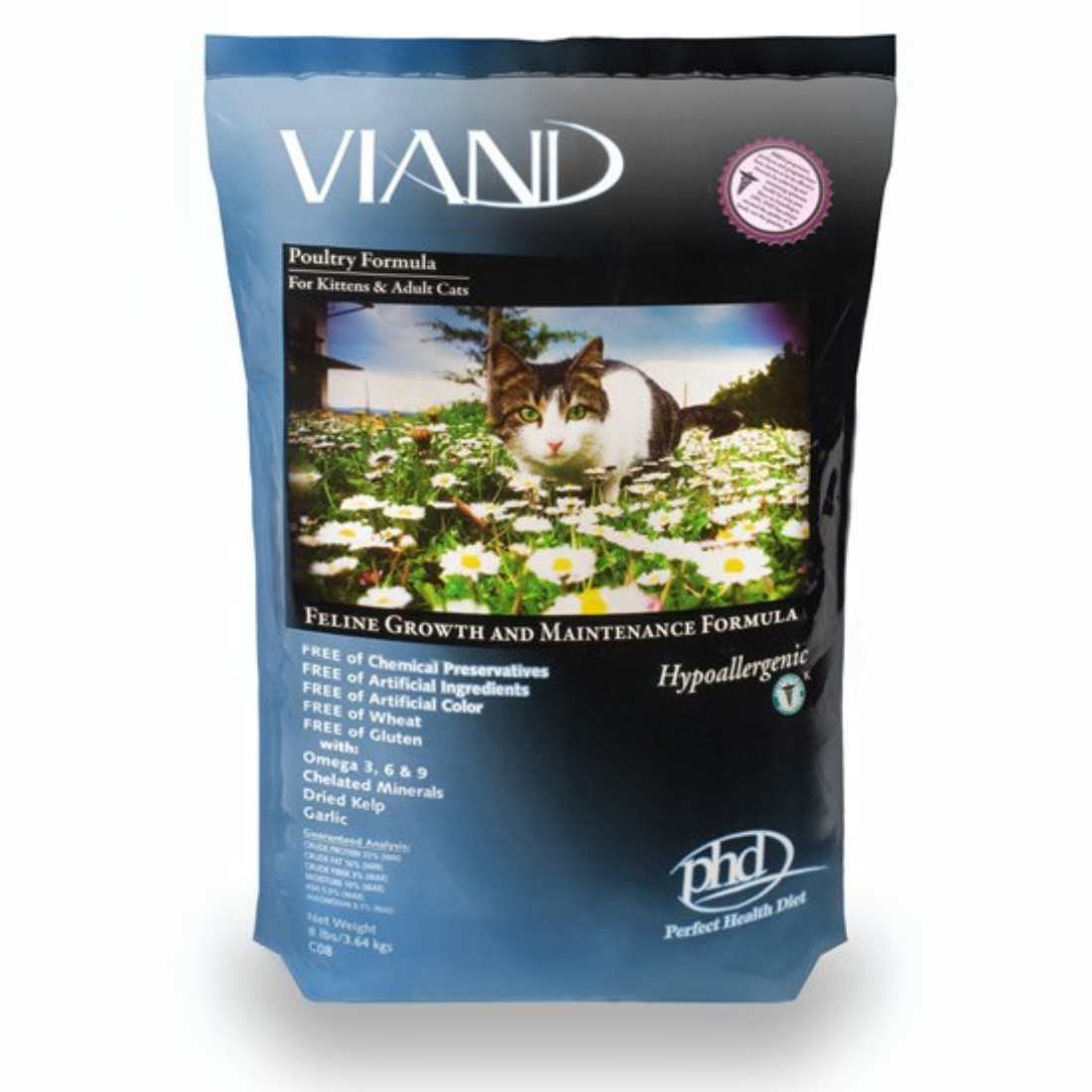· By Scott Pollak
The Basics of Wound Healing
Brought to you by William Pollak D.V.M.
Holistic medicine sees wound healing as an opportunity to exhibit to the world (or to anyone who is watching) the power of life to maintain continuity through time. Adapting to the constant change of living through the mechanisms of repair is one aspect of maintaining homeostasis (internal evenness through constant adjustment). To observe the
The body moves through healing as fast as it can. Encouraging conditions that maximize the rate of repair is what the art and science of medicine is all about. If purification and cleaning is necessary and the body elects
- My cat was in a fight a few days ago and now he's limping. I don't see any cuts or scratches on him. What can I do to help him?
During a fight, a cat often receives multiple bite wounds that can be difficult to see under the fur. These wounds are usually on the limbs and at the base of the tail, where it meets the body. There are usually two wounds, one from a top tooth and one from a bottom tooth of the attacking cat. Abscesses usually develop 3 to 4 days after a fight, resulting in swelling and lameness. Reverse the hair coat in the affected area and look for crusting, drainage or scabs. These can be very small. If your cat will let you, pull off any scabs or patches of dead hair. Treat an abscess by warm-soaking with an
- My dog got his foot caught
on some wire and pulled one of his nails out. Therewas a lot of bleeding and I panicked. What could I have done?
Many wounds will stop bleeding if pressure is applied for 10 minutes. If bleeding persists or is of a pulsing nature (indicating a cut artery) the pet should go to a vet. If a laceration or tear is very deep or large, and bone or muscle is exposed, stitches may be necessary. Reducing the size of the hole in the skin (even if not completely) will markedly speed recovery. However, a trip to the vet may not be necessary if you can control the bleeding with pressure. When the bleeding has stopped, examine the wound gently to see if any foreign objects are present. If a wound has bled well, it usually has cleaned itself and needs no soaking or further cleaning at this time. Apply a secure bandage. If your pet seems upset, administer rescue remedy. Hypericum,


